The RICE method has 4 steps: REST | ICE | COMPRESSION | ELEVATION
Any type of injury or pain to a joint or muscle can be helped by following the RICE method, a technique for reducing swelling, easing pain, and speeding up the healing process. RICE stands for rest, ice, compression, and elevation. This treatment is one of the best home care remedies for hip pain, whether it is a recent injury or chronic pain.
The RICE method has 4 steps:
1. REST
When your hips are having problems, they will send pain signals. That pain is a sign to you that you need to rest the joint as much as possible by stopping any activity that causes pain. If you do not stop activity that causes pain, you can make the injury or inflammation worse and delay your recovery time. Rest the hip for at least two days or longer if necessary. For chronic hip pain it is important to remember that you must try to keep working the hip joint for greater strength and flexibility, but do not overdo it. Try to maintain an active lifestyle but avoid activities that aggravate your hip pain, with plenty of rest in between. Non-impact activities like swimming can allow you to work the joint without pressure.
2. ICE
Using ice to relieve inflammation and pain has been proven successful. Ice works by numbing the pain and compressing the blood vessels, which reduces inflammation. Apply an ice pack (covered with a towel to avoid irritating skin) to your hip four or five times a day for 15 to 20 minutes each time. You can use a bag of frozen vegetables also, peas and corn work well. Ice the hip for at least two days, or longer if pain continues. Avoid using ice before exercise or activity as it can stiffen the joint.
3. COMPRESSION
Light pressure to a joint can help relieve pain, reduce inflammation, and support the joint. Compression can be accomplished by wrapping a bandage around the hip and pelvis or wearing a hip compression garment. Remember, with all compression, you want it to be snug but not too tight, you do not want to interrupt blood flow to any area so always watch for these symptoms when using compression: skin turns blue or feels cold, numbness, and tingling. If the symptoms do not disappear right away after removing the wrap, seek immediate medical help.
4. ELEVATION
The idea behind elevating an injury or painful area of the body is to get the painful body part above your heart to avoid blood pooling in the area; this will reduce swelling, throbbing, and pain. This may sound tricky with a hip, but it can be done. You can use pillows to elevate your hip by placing them under your buttocks and knees. You can also place pillows or blankets under the mattress to create an incline.
There are several other techniques for managing chronic hip pain, including heat, yoga, stretching, exercise, medication, therapy, etc. Talk with your pain management doctors at Premier Pain Management to find out how you can relieve your hip pain. The specialists at Premier Pain Management are committed to providing interventional pain management and will work with you to find the best treatment plan for your needs.

Responsible Pain Management
Same-day appointments available!

